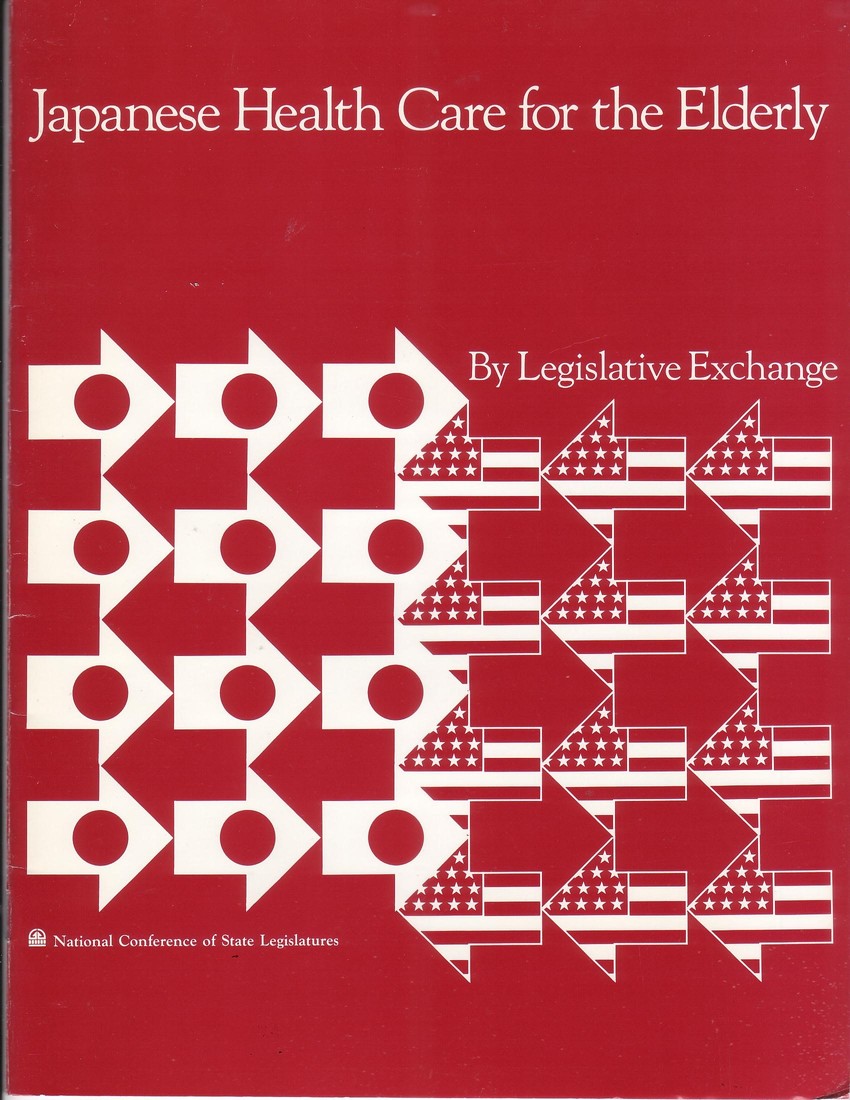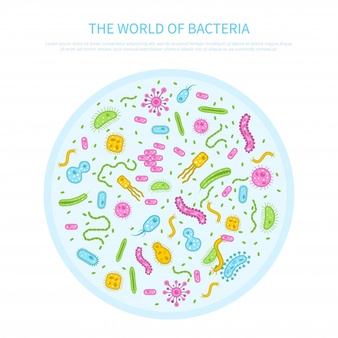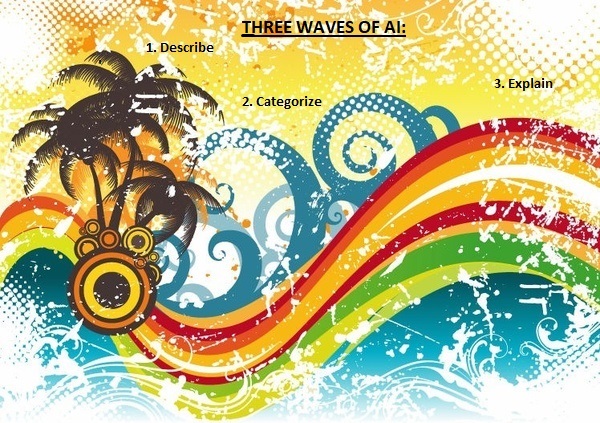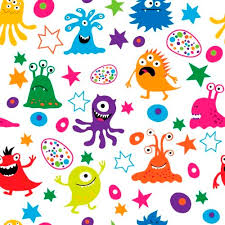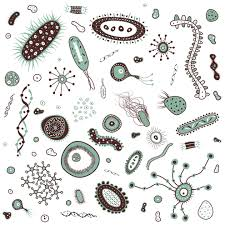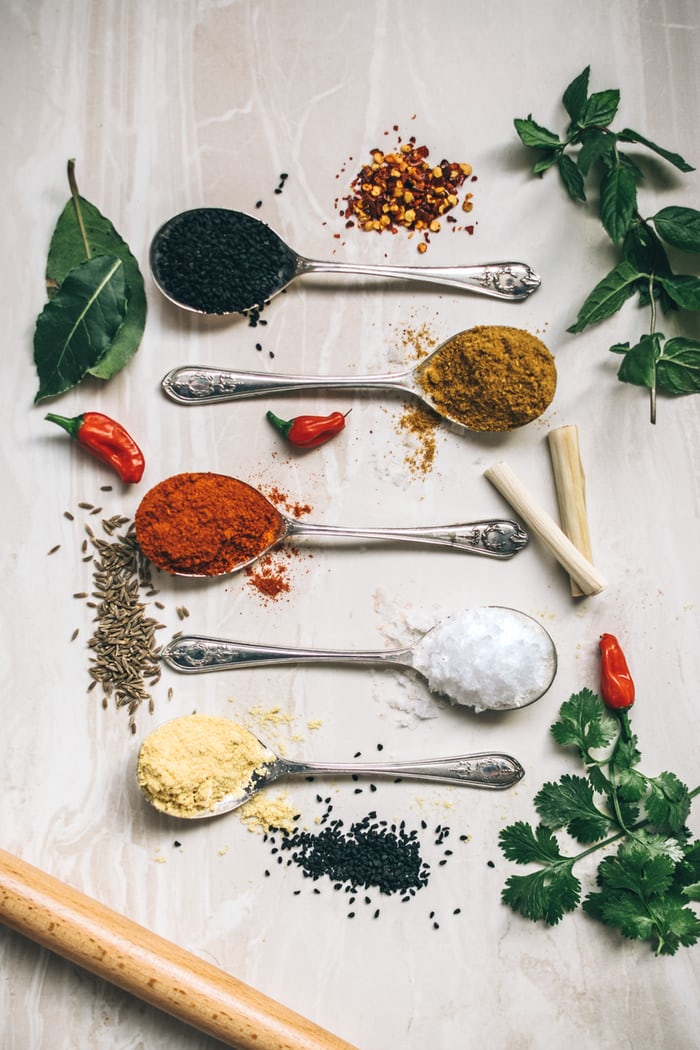"Keystone Species" - Like the Wolves of Yellowstone Park
Oct
17
Thanks in large part to innovative entrepreneurs, microbial influences on our health is reaching new heights. What this means scientifically is that research is showing more than just propensities and patterns. It is able to isolate strains using Ai, specific strains of bacteria that directly affect the neuro-degeneration of MS (multiple sclerosis) patients as one example of many.
Scientists refer to Bacteroides fragilis and Bacteroides stercosis as “keystone species” of the human gut microbiome. Though not abundant, they heavily influence the structure of microbial communities. It may be premature to say, but research points toward these gut microbiome as contributing to one's individuality.
Faecalibacterium prausnitzii might be another keystone species as a gut anti-inflammatory. Rather than “bad” microbes prompting Crohn's disease, for example, a single “good” microbe plays a key role in preventing the disease. Harry Sokol, a gastroenterologist at Saint Antoine Hospital in Paris, found that if he transferred F. prausnitzii in mice, it protected them against experimentally induced intestinal inflammation. "And when he subsequently mixed F. prausnitzii with human immune cells in a test tube, he noted a strong anti-inflammatory response," according to the Scientific American report (see https://www.scientificamerican.com/article/among-trillions-of-microbes-in-the-gut-a-few-are-special/ ).
Another “keystone species” microbe worth mentioning that resides in the human gut is the ruminococcus bromii. It is a dominant member of the suite of human gut microbiome that triggers energy and digestion of resistant starches by breaking down and releasing enzymes from these starches that we consume. The ruminococcus bromii primarily reside in the colon.
The function of these "keystone" species enable the proper functioning of other downline microbial activity, much in the same way that the presence of wolves in Yellowstone Park is a keystone species to maintain a balance in the park’s ecosystem.



